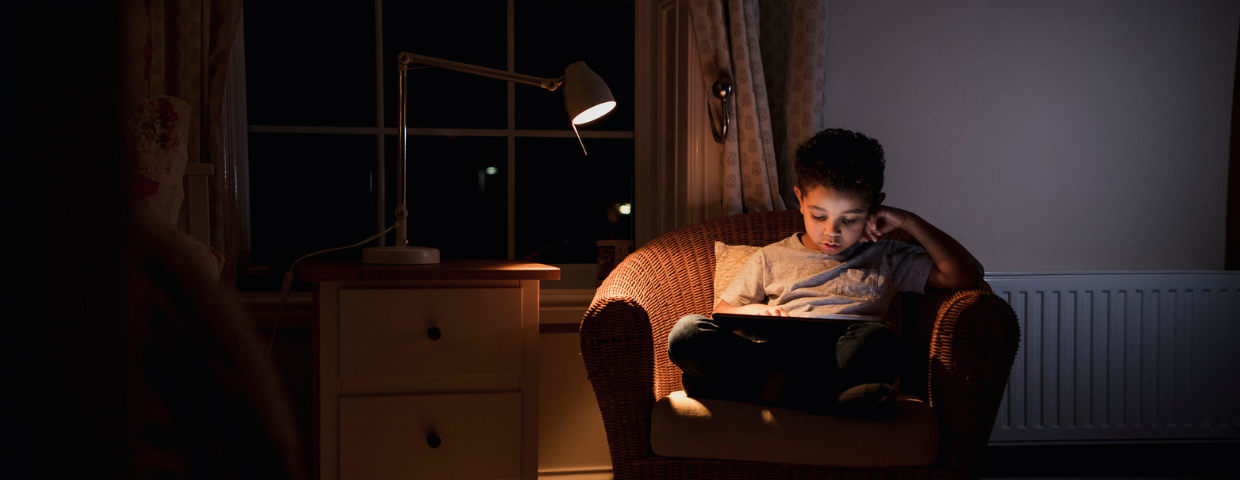Whether they are motivated by rising energy costs or a desire to cultivate a more sustainable home, homeowners are constantly searching for ways they can go green, reduce their home’s energy waste, and save money in the process. Here are some simple methods for a more energy-efficient home.
8 Tips for a More Energy Efficient Home
1. Determine Your Energy Output
A natural first step in your energy-efficient journey is to get a gauge of how much energy your home is currently using and where it is being used. Analyze your recent bills to get a picture of your home’s energy consumption and the habits that are tied to that level of usage. From there, you can determine what kinds of cutbacks can be made to save energy. You might also consider hiring a professional energy auditor to fully inspect your home’s energy practices and identify where there’s room for improvement.
2. Laundry Room Best Practices
Adjusting your methods in the laundry room is an easy way to make an impact on your home’s energy output. When it’s sunny, air-dry your clothes to save energy. Most of the energy consumption generated by doing laundry comes from the heating of the water, so use cold water when possible. Wait until you have a full load before running the washer to maximize your laundry room’s efficiency.
3. Install Energy-Efficient Lighting
Replacing incandescent lights with newer, more energy-efficient options is a productive step towards reducing your home’s energy waste. A change of lightbulbs is a relatively cheap solution compared to more expensive energy-saving methods like replacing appliances. Because energy-efficient lightbulbs use less energy than standard bulbs, they commonly last much longer as well.
4. Check Your Windows
Excessive air conditioning and heating are often the culprits behind wasteful energy practices. Weatherstripping and caulking your windows help to regulate the flow of air, keeping your home warmer in the colder months and cooler in the hotter months. Old, drafty windows let in air that can increase your home’s energy usage, regardless of the season. The upfront investment in purchasing new windows will pay off in the long run and will help to reduce energy waste.
5. Check Your HVAC Unit
A fine-tuned HVAC system is critical to making your home as energy efficient as it can be. Maintenance of your HVAC unit periodically to make sure it’s running in tip–top shape and to avoid replacements, which can be quite expensive. The cleaner your HVAC filters, the more efficiently they can run. The filters should be swapped out a maximum of every three months, more often if you use it year-round or if you have pets at home.
6. Insulate Your Home
A well-insulated home can deliver significant savings on heating and cooling costs. Walls and windows are common areas where air can escape, but so are pipes and ducts. Wrapping all these areas in insulation will pave the way for saving energy throughout the house.
7. Turn Down Your Thermostat
Turning down your thermostat is an effective method of reducing energy consumption. Even lowering it by one degree will lower your furnace’s energy output and can make a difference in your home’s overall energy efficiency. Remember to clean your furnace filter often. A clean filter will allow your home’s heating system to run more efficiently and cost-effectively.
8. Set Energy Efficiency Goals
Once you’ve begun to implement some of these strategies to make your home more energy-efficient, you’ll discover new ways to reduce your home’s energy waste while saving money. Set goals for your home’s overall energy output in a given month or set a target number you’d like to see on your next energy bill. Track your home’s progress in energy efficiency and the savings you’ve generated over time to see the difference you’ve made.
